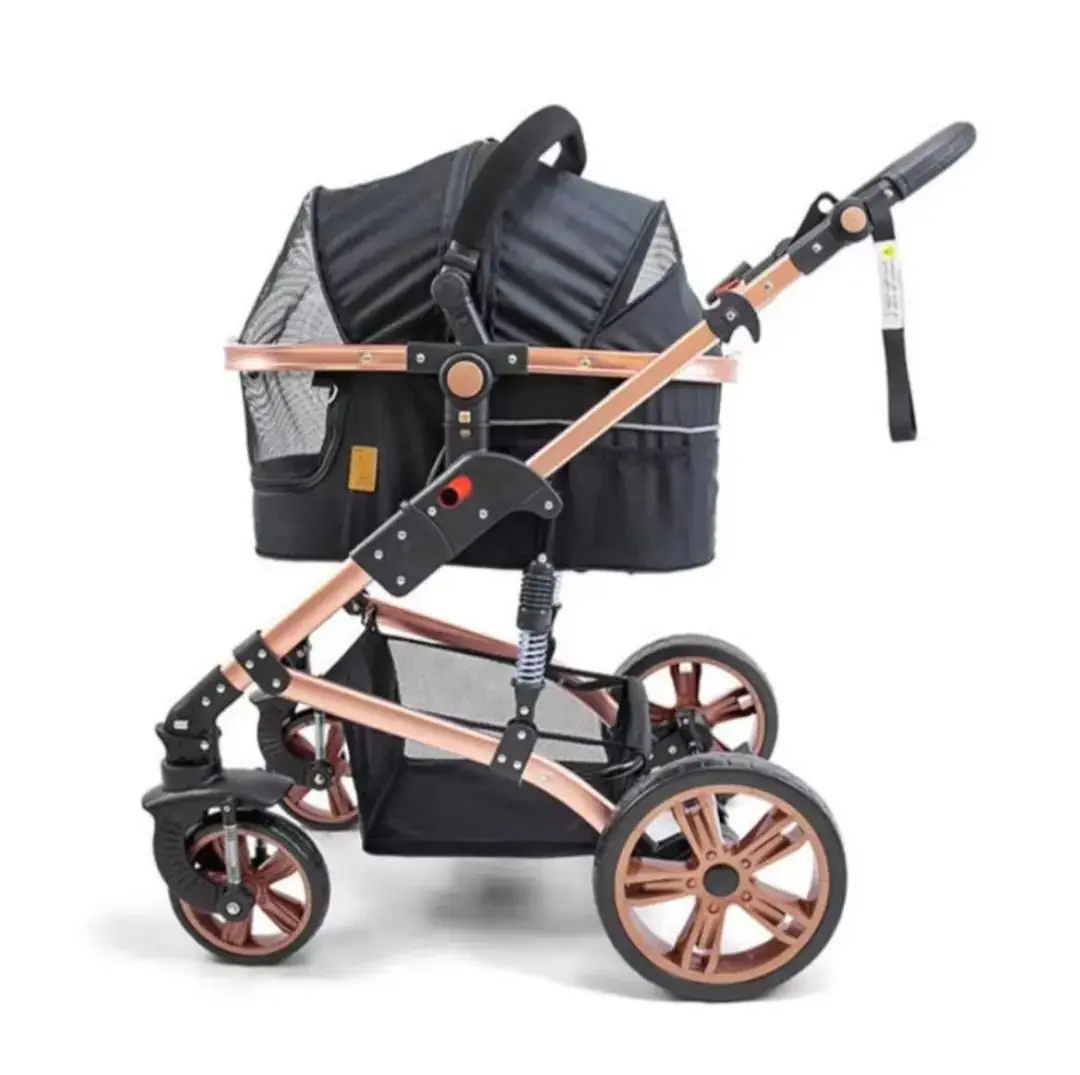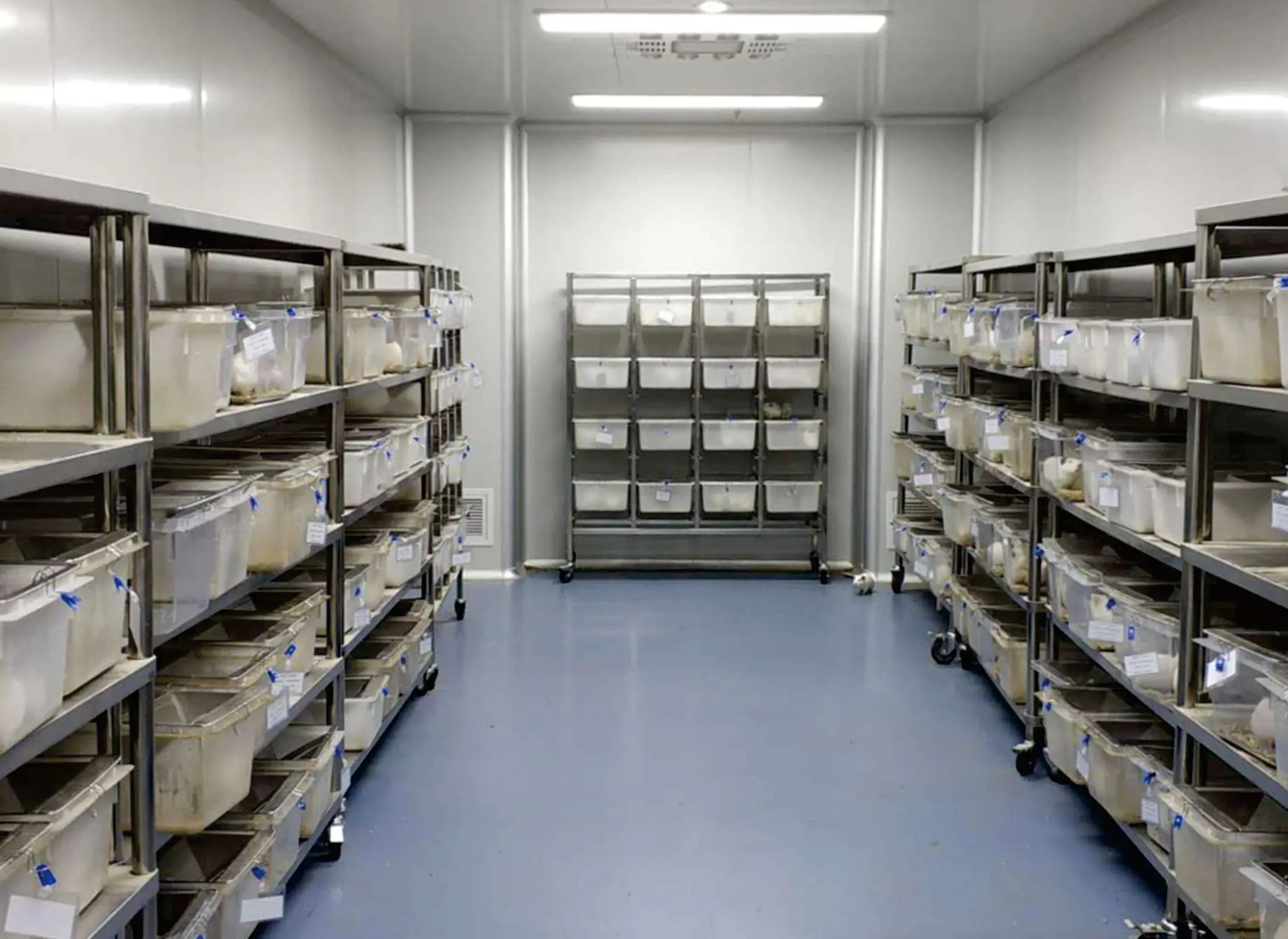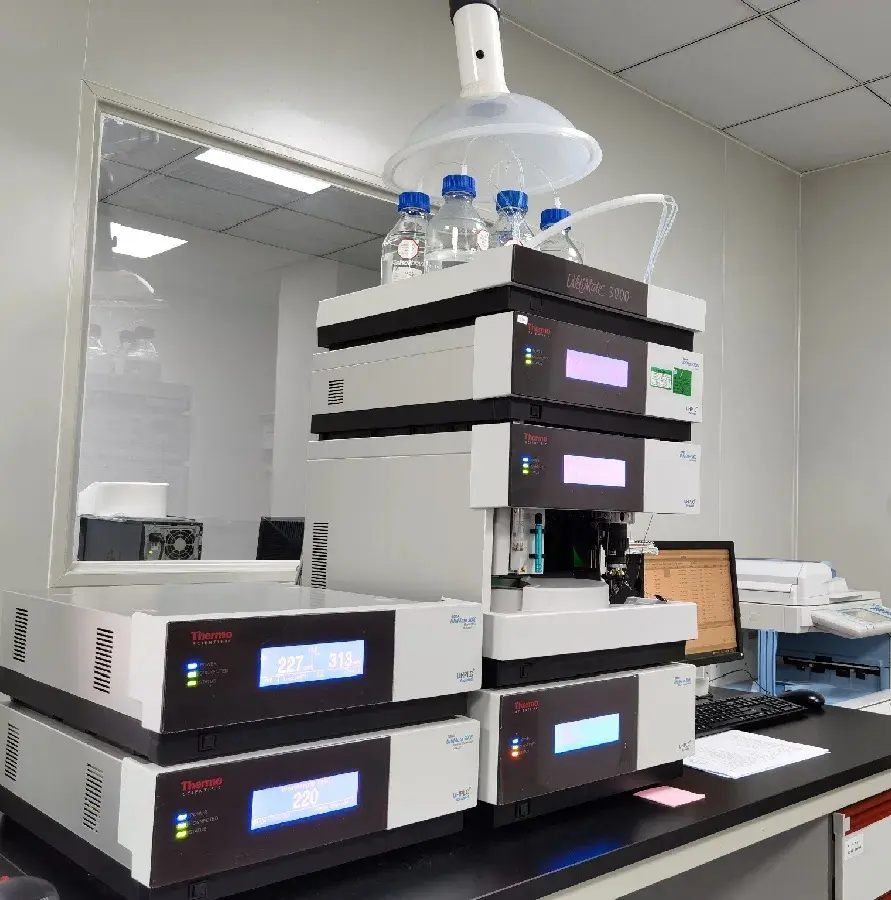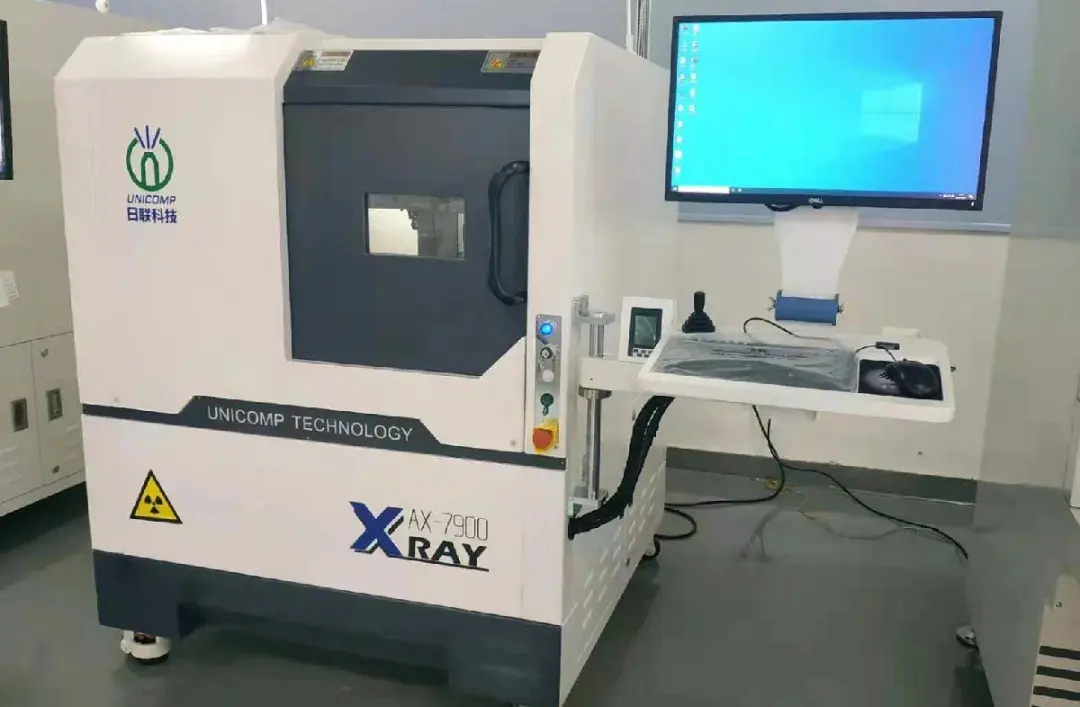
Baby Bath Seat ASTM F1967-24 Testing
Background of the New Regulations: Why Are Baby Bath Seats Being Strictly Inspected?
Starting January 4, 2025, the U.S. Consumer Product Safety Commission (CPSC) will officially enforce the upgraded baby bath seat safety regulations, requiring all baby bath seats sold in the U.S. to comply with the ASTM F1967-24 standard. This is the largest technical revision since 2019, mainly due to over 7,800 incidents in the past five years of babies slipping or tipping over bath seats, leading to drowning accidents.

Which Products Are Covered by the Regulations?
1. Product Definition:
- Seats providing front and rear support for babies during bath time, used in bathtubs, sinks, etc.
- Includes common models like bath rings with suction cup bases, but excludes water-filled bathtubs.
2. Applicable Platforms:
- Major e-commerce platforms like Amazon, Walmart, and Temu have already started automatic screening.
- Starting April 1, 2025, non-certified products will be forcibly removed from the platform.
3. Key Changes in the New Regulations (Compared to the Old ASTM F1967-19)
Three Major Upgrades:
1. Testing Platform Modification:
- Addition of concave testing platforms (to simulate the curvature of a real bathtub).
- Removal of the old requirement for a "smooth bathtub surface," making it more reflective of home environments.
2. Stability Requirements Doubled:
- Tilt angle increased from 15° to 20°, with 5N force applied in four directions (front, back, left, right) during testing.
- Must pass a water ripple simulation test (to simulate the waves created when a baby splashes water).
3. Mandatory Labeling Enhancements:
- New QR code traceability feature, which, when scanned, must display the manufacturer, test date, and suitable age range.
- Warning text size increased from size 6 to size 8, and must be printed in white text on a red background.
4. Seller Compliance: Three-Step Process
Step 1: Sample Testing Preparation
- Testing Period: 7 days for expedited testing / 15 days for regular testing (cost: approximately $1800–2500).
- Required Samples: Main product + all accessories (e.g., suction cups, safety straps).
Step 2: Document Checklist
- New CPC certificate (must include ASTM F1967-24 clauses).
- Product design blueprints and material safety declaration (highlight plastic’s high-temperature resistance).
- Bilingual (Chinese/English) instruction manual (must state the maximum weight capacity of 9kg).
Step 3: Platform Upload
- Amazon backend path: Inventory Management → Compliance Documents → Upload Test Report.
- Image Requirements: Close-up photo of the label + full product image (must show the water level scale).
5. Common Pitfalls: 90% of Sellers Fail Due to These Details
1. Insufficient Suction Cup Strength:
- New regulations require each suction cup to withstand 3kg of vertical pull (old regulation required only 2kg).
- Solution: Use 3M X-Series anti-slip suction cups (1314).
2. Oversized Drain Holes:
- Drain hole diameter must be between 7mm and 12mm (to prevent finger entrapment).
- Self-check tool: Purchase a $15 CPSC standard hole gauge.
3. Missing Key Instructions in the Manual:
- Must include the following: "This product is not a lifesaving device, and supervision should always be within arm's reach."
6. Consequences of Non-Compliance & Response Timeline
Penalties:
- First Violation: Product removed + account frozen for 30 days.
- Second Violation: Permanent ban + $20,000 penalty.
Final Grace Period:
- Now until March 31, 2025: Transition period for stock adjustments.
- Starting April 1, 2025: Non-certified products will be forcibly removed from all platforms.
How Should Sellers Respond? How Should Parents Choose Products?
For Sellers:
- Immediately Test: Contact the JJR Lab in China to conduct ASTM F1967-24 tests, focusing on structural and material compliance.
- Update Product Design: Modify the bath seat's bottom structure to meet new testing requirements; optimize safety straps and other fastening devices.
- Prepare Certification Documents: Ensure the CPC certificate is ready to avoid shipping delays or platform delisting risks.
For Parents:
- Look for the ASTM F1967-24 Mark and CPC Certification on product labels when purchasing.
- Check for smooth edges and secure buckles; avoid buying unbranded or low-quality products.
According to CPSC data, baby bath seats certified under the new regulations saw an average price increase of $8-12 but experienced a 60% reduction in return rates.
Email:hello@jjrlab.com
Write your message here and send it to us
 IECEE CBTL Testing Laboratory for IVD Medical Devi
IECEE CBTL Testing Laboratory for IVD Medical Devi
 China OECD GLP-Certified Laboratory
China OECD GLP-Certified Laboratory
 Packaging Validation ISO 11607 Test Report
Packaging Validation ISO 11607 Test Report
 What is the ISO 11607-1 Packaging Validation Test?
What is the ISO 11607-1 Packaging Validation Test?
 How to get an ISO 11737-1 Test Report?
How to get an ISO 11737-1 Test Report?
 Orthopedic Implant Cleanliness Testing
Orthopedic Implant Cleanliness Testing
 What is ISO 10993-23:2021 Irritation Testing?
What is ISO 10993-23:2021 Irritation Testing?
 ISO 10993-23 Irritation Testing Laboratory
ISO 10993-23 Irritation Testing Laboratory
Leave us a message
24-hour online customer service at any time to respond, so that you worry!




